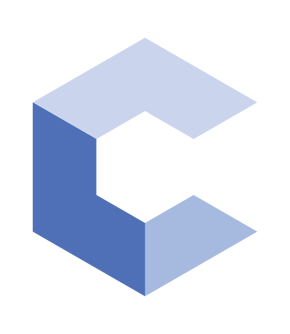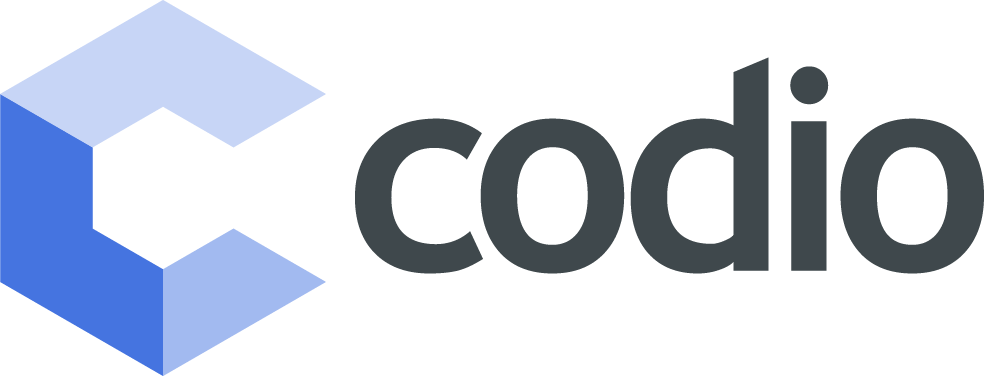Summary: In response to what the CSTA called an “unacceptable” computer science education system, it released a framework that promises to prepare our children for the digital world they will inherit.
American children test poorly in computer science and report overall lack of interest in the subject – something the Computer Science Teachers Association (CSTA) said is due to a failed CS education system.

In an attempt to fix the broken system, the CSTA released a four-pillar framework to save CS education. It also collaborated with other CS educational organizations to ensure U.S. students are prepared for the digital world they will inherit.
The Framework:
The CSTA Framework is based upon the four foundational pillars that include early introduction to CS education; consideration as a core subject; increased class offerings; and increased CS class availability, particularly for underrepresented groups.
- Introduce the fundamental concepts of computer science to all students, beginning at the elementary school level.
This is the first pillar of the CSTA’s framework for good reason. U.S. students are not exposed to computer science at an early age, and it is no wonder it was the only STEM subject with which students lost interest between 1990 and 2009.
Exposure matters. The Association for Computing Machinery, in collaboration with Google, found 98 percent of students who majored in computer science during undergraduate studies were exposed to middle or high school CS classes.
As was uncovered in a CS review conducted by Time, until very recently the U.S. only offered one course in computer science: AP Computer Programming in Java. Worse yet, the class is only offered to high school juniors and seniors who test in, at participating schools.
As such, not only are U.S. students disinterested in computer science due to lack of exposure, they also test in the “middle of the pack globally,” testing worse than Slovenia and Latvia students in STEM subjects. The culprit: poor CS education.
- Present computer science at the secondary school level in a way that can fulfill a computer science, math, or science graduation credit.
Surprisingly, computer science classes still do not count toward core classwork in many states. The class is considered an elective, despite heavy reliance on math and science. It also does not count towards graduation credits.
The solution: include computer science in core science and math curriculum, and allow it to count towards graduation credits. As of this post, CS courses now count towards graduation requirements 28 states:
- Encourage schools to offer additional secondary-level computer science courses that will allow interested students to study facets of computer science in more depth and prepare them for entry into the work force or college.
Until recently, the only CS course offered to American students is in Java. While it is a widely-used program, it has its limitations.
Java is a great foundational language, but is not ideal for developing system architecture, nor is it the best go-to design language. If a student happens to be more interested in data science, web design, IT, or system architecture, our system fails them due to limited class offerings.
Students should be exposed to a wide variety of languages to peak interest and comprehension. Python is an easy language for anyone to learn, even middle school kids. Those interested in design should have options to take JavaScript, CSS, and HTML. Students interested in gaming and system architecture should have access to coursework in C++, PHP, Unity, .NET, and more.
By keeping children engaged in the type of CS classes that most interest them, we prepare them with skills needed to compete in the digital marketplace, and show them CS can be fun.
- Increase the availability of rigorous computer science for all students, especially those who are members of underrepresented groups.
The National Science Foundation found only 18.2 percent of CS undergraduate majors were women. According to the 2011 Census Bureau, African Americans accounted for only seven percent of the CS workforce in 2011. Latinos accounted for only six percent.
Supporting rigorous computer science programs for all students, with a focus on underrepresented populations, is a great last pillar to support CS education for all.
Collaboration for a National Standard
The White House rolled out new STEM guidelines in 2013, but computer science has continued to escape large national attention, again until this year. The Obama Administration’s STEM Cluster Topics, Common Core State Standards, and Partnership for 21st Century Skills: Essential Skills for Success certainly include CS in spirit, but did not heavily detail actionable plan for adoption.
As such, the CTSA, Code.org, Association for Computing Machinery, National Math + Science Initiative, and the Cyber Innovation Center joined forces through K12CS.org to create a national K-12 computer science framework. It included an actionable plan on how to get every kid involved in computer science coursework.
See the announcement here.
In the meantime, we can assume educators will incorporate CS education one way or another. Some states and cities took matters into their own hands and mandated CS K-12 education, including the State of Arkansas, City of Chicago, and the City of New York City is next.
If you cannot wait for these programs to get your kids involved in CS, check out local community-led programs and resources on CS education organization websites. They are out there.
###
Cabe
Sources:
http://csta.acm.org/Curriculum/sub/CurrFiles/CSTA_Standards_Mapped_to_STEM_CC_P21_landscape_New.pdf
http://csta.acm.org/Curriculum/sub/K12Standards.html
https://www.whitehouse.gov/sites/default/files/microsites/ostp/stem_stratplan_2013.pdf
http://www2.itif.org/2016-computer-science-education.pdf?_ga=1.209883798.205750589.1472583177
http://techland.time.com/2012/07/16/can-we-fix-computer-science-education-in-america/
http://www.exploringcs.org/resources/cs-statistics
http://www.pbs.org/newshour/updates/teaching-coding-kids-key-closing-fields-diversity-gap/
https://pixabay.com/en/child-tablet-technology-computer-1183465/
http://csta.acm.org/Curriculum/sub/CurrFiles/ExecSummCSS.html
https://www.oecd.org/pisa/keyfindings/pisa-2012-results-overview.pdf
https://www.java.com/en/about/




